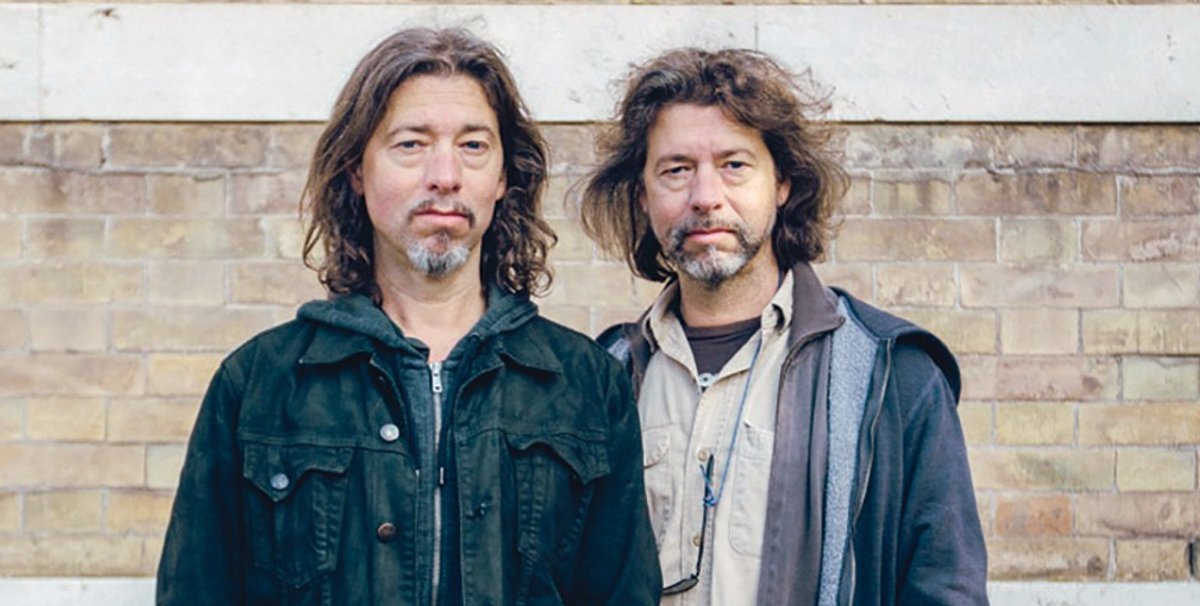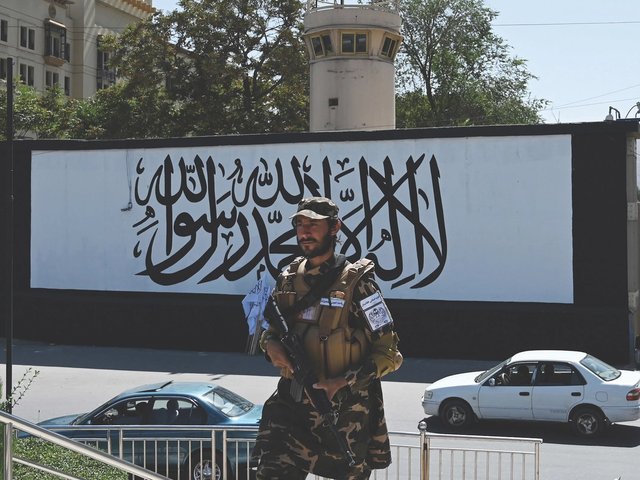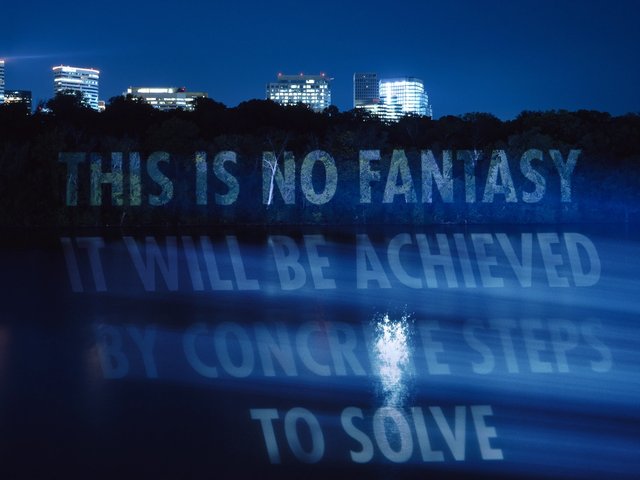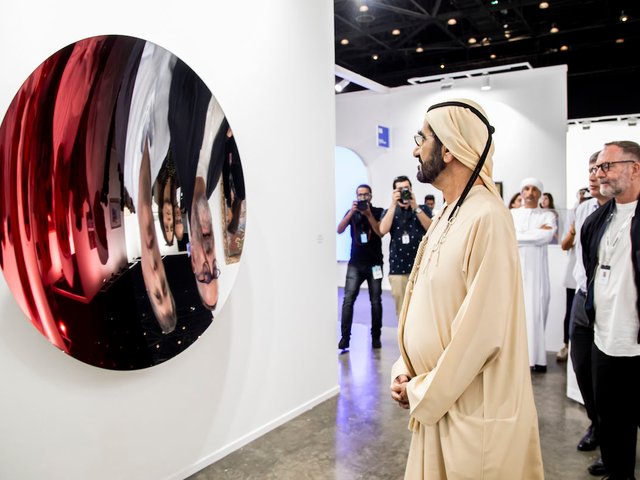The Trump administration is considering cutting federal funding for the arts, among other spending programmes, in an attempt to reduce domestic spending. However, one US cultural initiative appears to be secure: the State Department’s Art in Embassies (AIE) programme, which places works by US artists in embassies and ambassadorial homes around the world.
“Art in Embassies looks forward to continuing to engage, educate and inspire global audiences, by featuring art that transcends national borders and builds connections,” a US State Department spokeswoman said, when asked about the continuation of the scheme under the new secretary of state, the former Exxon chief executive Rex Tillerson.
Plans have not changed to include a work by Mark Bradford that incorporates the entire text of the constitution at the new $1bn embassy in London, which is currently under construction. Meanwhile, in Moscow, a 90ft-long stained glass wall that shows satellite images of space, designed by the artists Doug and Mike Starn, is set to be unveiled outside the US embassy in May.
Beth Dozoretz, a politician who used to direct the AIE initiative, says she sees little reason for it to change under Tillerson. “I know the programme is highly regarded and, in the scope of what happens in the US State Department, it is not expensive,” she says. “I think Rex Tillerson is a sophisticated, worldly person who would appreciate and understand the importance of art in society.”
The AIE began in the Kennedy administration but was increased in scope after the 1998 US embassy bombings in Kenya and Tanzania, which led to the passage of the Secure Embassy Construction and Counterterrorism Act and a heftier budget for overseas buildings.
Virginia Shore, the programme’s acting director, told Town & Country magazine last year that the value of works on loan to the AIE has risen to a half a billion dollars in recent years, up from around $10m under President George W. Bush.





